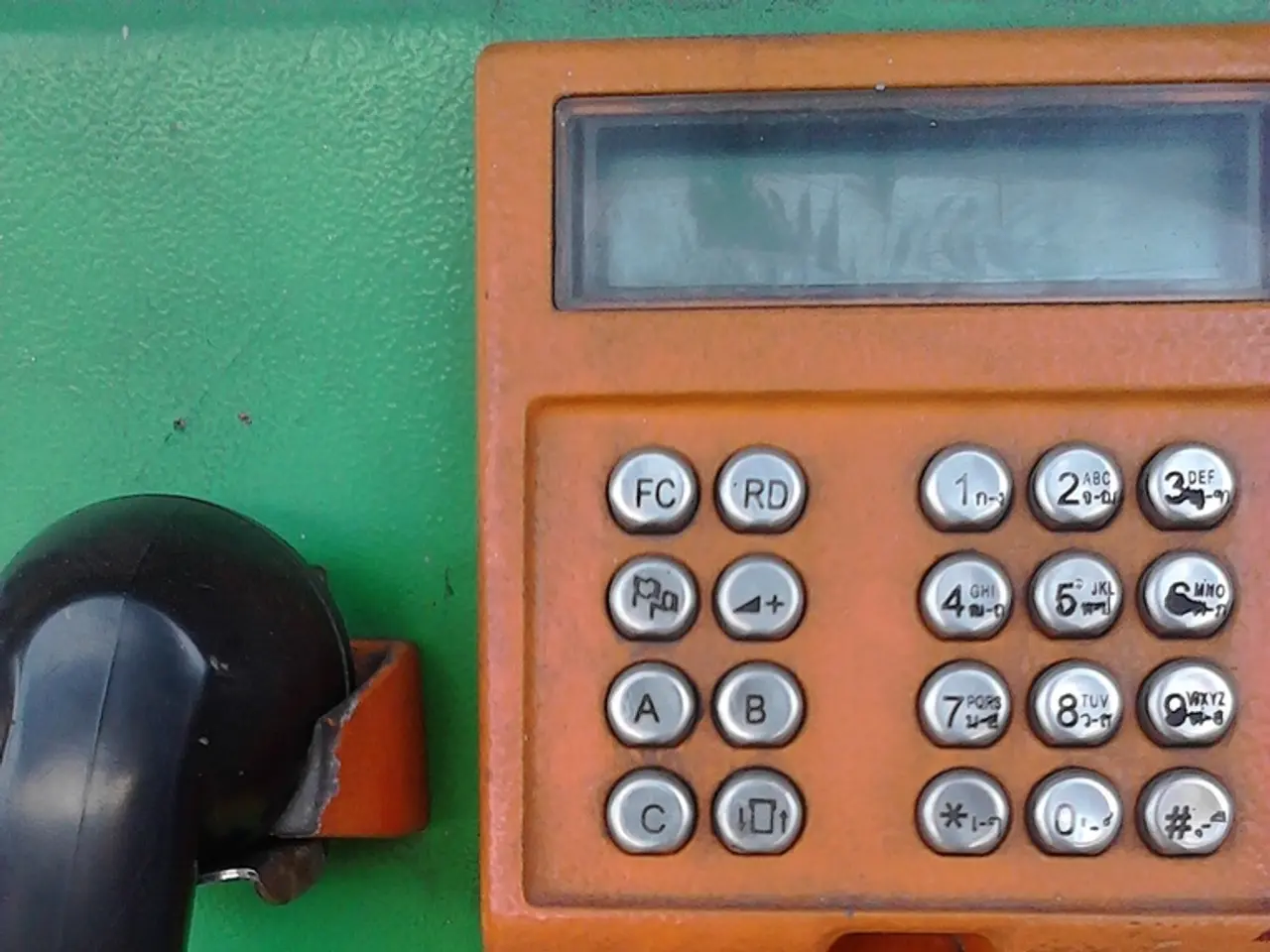Pioneering the Podcasting World: A World-First Achievement
The World's First Telephone Newspaper: Telefonhírmondó
In the late 1800s, Budapest witnessed the birth of a groundbreaking innovation - Telefonhírmondó, the world's first telephone newspaper. This service, conceived by Tivadar Puskás, an engineer who had collaborated with Thomas Edison, was initially subscribed to by around 60 individuals[1].
After a successful two-week trial, Puskás requested formal approval and a 50-year exclusive franchise from the Hungarian government for Budapest. Although the government granted the concept, they did not approve the exclusivity. Unfortunately, Puskás passed away about a month into the venture, and his brother Albert took over negotiations[1].
Albert, in turn, sold the enterprise to István Popper. The deal included a provision that required daily copies of news reports to be sent to the police three times a day, reflecting government oversight[1].
The company eventually built a dedicated telephone network for the service, independent of the general phone system. By 1907, the subscriber base had expanded dramatically to approximately 15,000 users, including politicians, businesses, and hotels in Budapest. The Telefonhírmondó continued operation until 1944, although after 1925 it shifted to rebroadcasting radio station programs rather than original content[1].
Key Milestones:
- 1890s: Telefonhírmondó launched with around 60 subscribers.
- Two weeks post-launch: Formal government approval granted (without exclusive rights).
- About one month after launch: Tivadar Puskás passed away; Albert took over.
- Subsequently sold to István Popper, who formalized government agreements including police oversight.
- By 1907: Subscriber count reached about 15,000.
- 1925: Service transitioned to rebroadcasting radio programming.
- 1944: Telefonhírmondó service ended.
This timeline underscores Telefonhírmondó’s pioneering role as a precursor to later mass audio broadcast media and showcases its significant popularity and longevity in Budapest[1]. By 1907, the company boasted 15,000 subscribers, including notable politicians and businesses. Transmissions typically ran from 1030 in the morning to 2230 at night, and subscribers could receive special alerts through a buzzer. The daily schedules of programs were provided for subscribers to hang on their walls[1].
The service also ran ads, with a 12-second spot costing 1 krone. Programs offered on the service included news, news recaps, stories, poetry readings, musical performances, lectures, and language lessons[1]. By 1930, the service had over 91,000 subscribers. The technology was also used in Italy, but the private phone network did not survive World War II. The invention was titled "Telephonic News Dispenser" and was patented in Canada[1].
Tivadar Puskás, an engineer, invented a telephone switchboard in 1892, which allowed multiple lines to receive a signal simultaneously. In 1925, the service opened Budapest's first radio station. The world's first true "telephone newspaper" was Telefonhírmondó, launched in Budapest in 1896[1]. After two weeks of proving the concept, Puskás asked for formal approval and a 50-year exclusive franchise for Budapest, which was only approved for the former[1].
[1] Reference: Szabó, G. (2013). The History of Telefonhírmondó. Retrieved from https://www.telefonhirmondo.hu/en/history/
In the evolution of mass audio broadcast media, Telefonhírmondó, launched in Budapest in 1896, served as a pioneering precursor. By 1925, the service had transitioned from providing original content to rebroadcasting radio programs, marking a shift in technology from telephony to radio.




